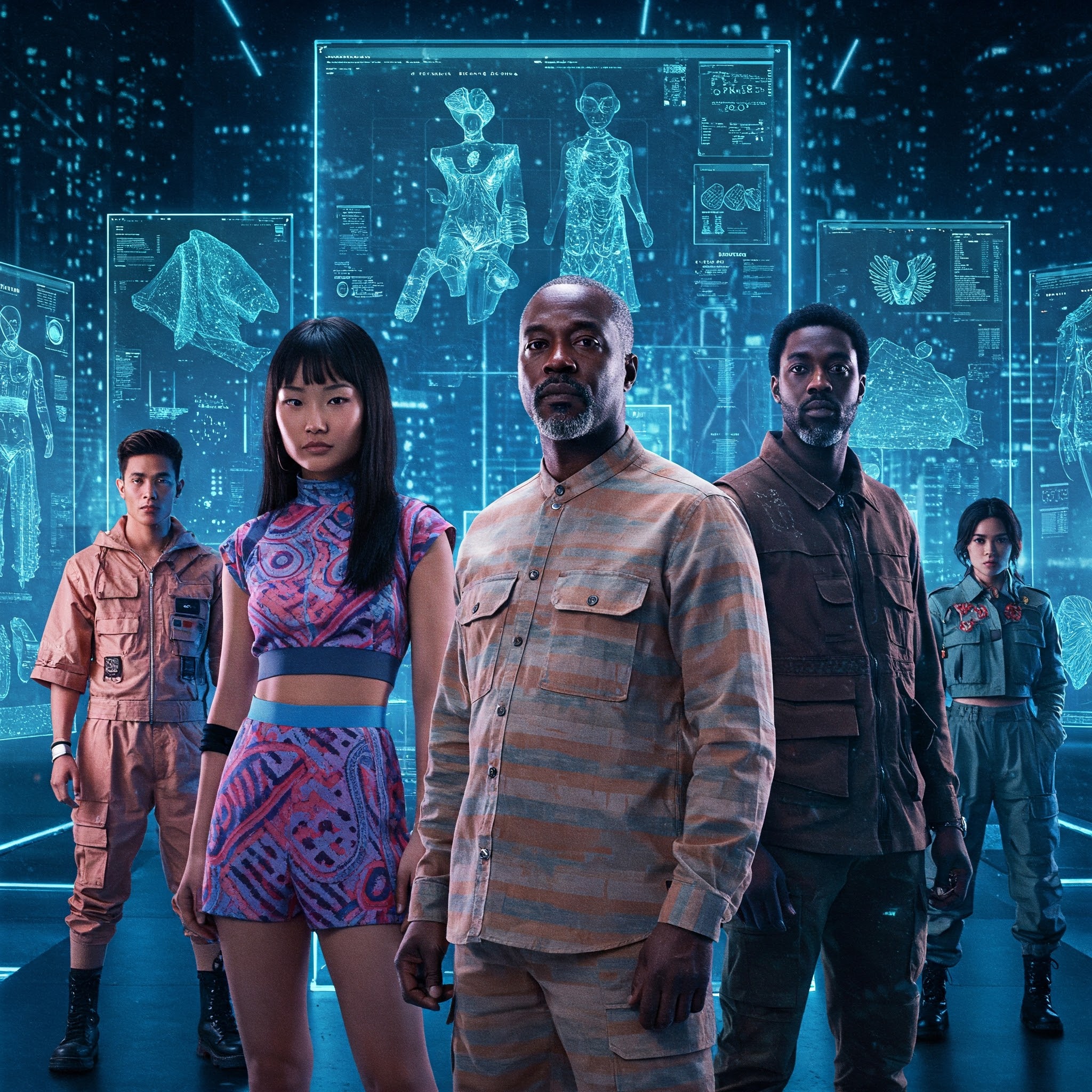The fashion industry stands at a fascinating crossroads, navigating a confluence of technological innovation, heightened environmental consciousness, and a fundamental re-evaluation of consumer values. The trends that are emerging today are not merely fleeting fads but rather indicators of a profound transformation in how we create, consume, and interact with clothing. This essay will explore some of the key emerging trends and transformations that are shaping the future of fashion in the 21st century.
Perhaps the most significant and pervasive trend shaping the future of fashion is the unstoppable rise of sustainability. Driven by growing awareness of the environmental and social costs of the traditional fashion industry, consumers and brands alike are embracing more responsible practices. This manifests in various ways, including the increasing demand for eco-friendly materials such as organic cotton, recycled polyester, and innovative bio-based fabrics. Circular fashion models, which emphasize reuse, repair, and recycling, are gaining traction as a way to minimize waste. Brands are also facing greater scrutiny regarding their supply chains and labor practices, leading to a push for greater transparency and ethical sourcing. Sustainability is no longer a niche market; it is becoming a core value that will increasingly influence every aspect of the fashion industry.
The digital revolution continues to exert a profound influence on fashion. Beyond e-commerce, technology is transforming the entire value chain. 3D printing is enabling designers to create intricate and customized garments with minimal waste. Virtual try-on experiences and personalized styling recommendations powered by artificial intelligence are enhancing the online shopping experience. The metaverse and digital avatars are opening up entirely new frontiers for fashion consumption and self-expression in virtual worlds. Social media remains a powerful force for trend dissemination and brand building, with influencers playing an increasingly significant role in shaping consumer preferences. The integration of technology is not just about convenience; it’s about creating a more personalized, efficient, and potentially more sustainable fashion ecosystem.
Another key trend is the blurring of traditional fashion boundaries. Gender fluidity and inclusivity are gaining greater acceptance, leading to a rise in gender-neutral and adaptable clothing. The lines between formalwear, casualwear, and activewear are becoming increasingly blurred as consumers seek versatile garments that can adapt to different aspects of their lives. Comfort and functionality are taking precedence, with a growing demand for practical and easy-to-wear clothing. This shift reflects a broader societal move towards greater inclusivity and a rejection of rigid norms.
Personalization and customization are also emerging as important drivers in the fashion industry. Consumers are increasingly seeking unique and individualized products that reflect their personal style and preferences. This is driving the growth of made-to-order services, personalized embellishments, and the ability to co-create designs with brands. Technology is playing a crucial role in enabling this trend, with online platforms and digital tools making customization more accessible than ever before. The desire for individuality and self-expression is fueling a move away from mass-produced trends towards more personalized and meaningful fashion choices.
The re-emergence of craftsmanship and artisanal techniques is also noteworthy. In contrast to the fast-paced nature of mass production, there is a growing appreciation for handcrafted items and traditional skills. Consumers are increasingly valuing the story and the human touch behind their clothing, leading to a renewed interest in artisanal brands and locally produced goods. This trend reflects a desire for authenticity, quality, and a connection to the makers of our clothes.
Looking ahead, the future of fashion will likely be characterized by greater transparency and traceability. Consumers will demand more information about the origins of their clothes, the materials used, and the labor conditions involved in their production. Blockchain technology and other digital tools can help to provide greater transparency throughout the supply chain, empowering consumers to make more informed and ethical choices.
In conclusion, the fashion industry is undergoing a period of significant transformation, driven by a confluence of technological innovation, environmental imperatives, and evolving consumer values. The trends that are emerging today – including sustainability, digital integration, the blurring of boundaries, personalization, and a renewed appreciation for craftsmanship – are not isolated phenomena but rather interconnected forces that are shaping the future of how we create, consume, and interact with fashion. The future of fashion promises to be more responsible, innovative, inclusive, and ultimately more reflective of our evolving needs and values.

